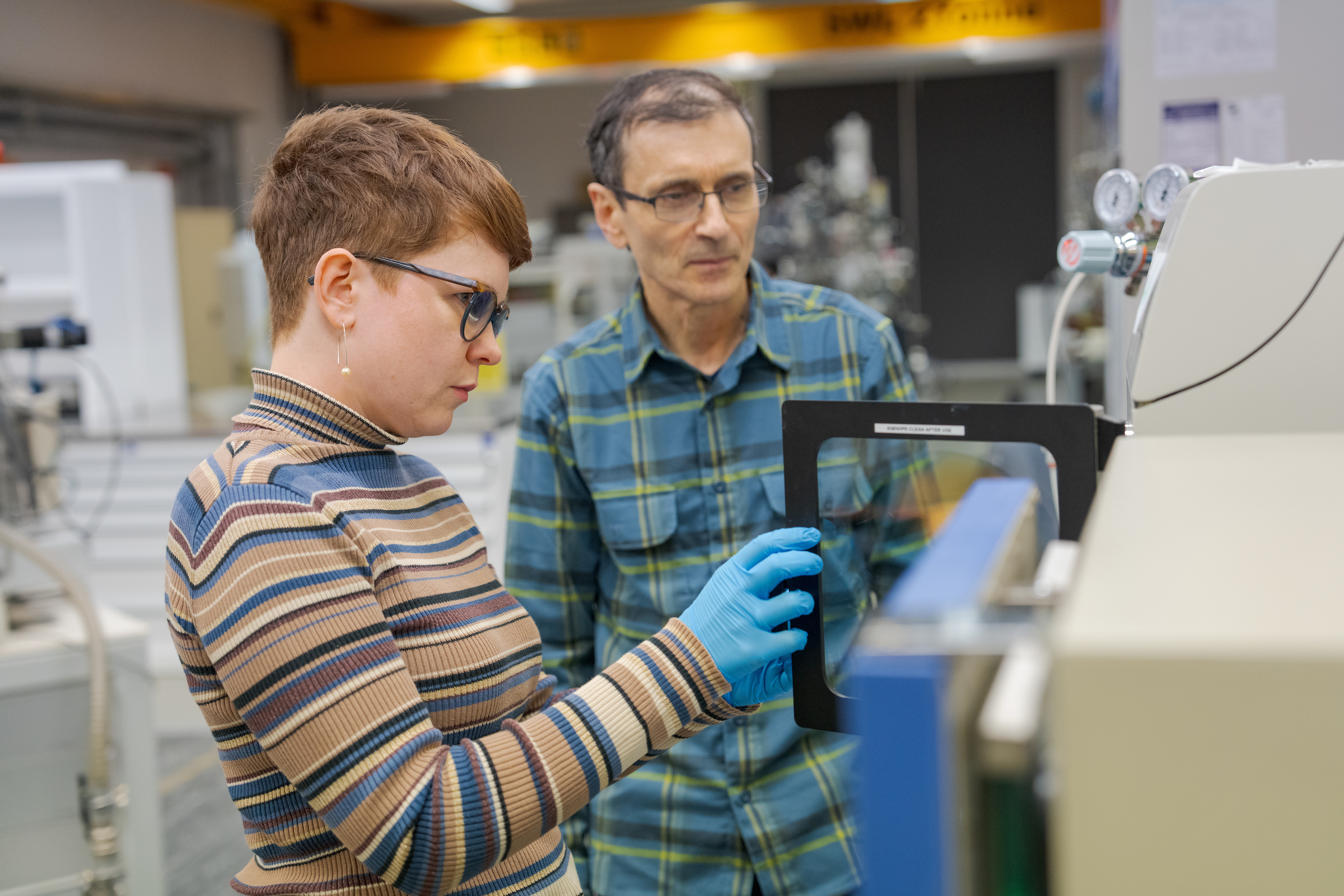
Research projects
Below we list current research topics in RSES, with links to relevant researchers, supervisors and research groups.
Displaying 76 - 90 of 142 project(s).
Utilize the state of the art AMS and radiocarbon preparation labs at RSES to trace carbon through the environment.
The Indonesian throughflow (ITF) is thought to play an important role in global thermohaline circulation and influence global climate by funneling Pacific Warm Pool water into the Indian Ocean. Observations suggest the ITF is composed of North Pacific subtropical and thermocline waters that flow through Makassar...
Convection is one of the major modes of heat transfer in fluids and is especially important given the large scales of most geophysical flows. Heat transfer by natural convection plays a significant role in the structure of Earth's atmosphere, oceans and mantle. Flow in a horizontal...
People
- Professor Andy Hogg, Researcher
- Professor Ross Griffiths FAA, Researcher
- Professor Ross Kerr, Researcher
The melting of Antarctica’s marine-terminating ice sheets is controlled by heat delivered from the Southern Ocean to the Antarctic margins, and is the largest uncertainty in future sea level rise. This project will use a combination of ocean modelling, theory and observations to predict future Antarctic melt rate.
science Research area
Group
People
- Claire Yung, Researcher
- Dr Adele Morrison, Supervisor
- Dr Wilma Huneke, Supervisor
- Dr Wilton Aguiar, Supervisor
- Professor Andy Hogg, Supervisor
Turbulent mixing plays an important role in the oceanic circulation energy balance. Energy is input at large scales from tides and surface wind stresses, and provides the energy required to bring deep, dense water back towards the surface via mixing. Mixing can...
science Research area
Group
People
- Dr Callum Shakespeare, Principal investigator
- Dr Kial Stewart, Researcher
- Dr Luwei Yang, Researcher
- Mr Angus Rummery, Technician
- Professor Andy Hogg, Researcher
The global meridional overturning circulation of the oceans (a major component of the thermohaline circulation) is forced by density differences owing to heat and water fluxes at the sea surface. Wind stress on the surface and injections of energy into turbulent mixing from the winds and tides modify this...
The ocean is a sea of internal gravity waves. Similar to the gravity waves that propagate over the ocean surface and break along our coastlines, internal waves propagate great distances through the ocean interior. These waves are generated at the ocean surface and the seafloor by a variety of mechanisms. As the...
Microstructural analysis with micro-scale based 40 Ar/ 39 Ar geochronology has been used to differentiate between different deformational events in the extensional zone of the central Agean Sea, Greece. North/south directed extension in the central Aegean has been largely accommodated by the...
The Early Paleozoic is a critical time for the evolution of life on Earth, deposition of organic-rich rocks and the generation of global petroleum accumulations. Canning Basin Ordovician cores contain the microfossils G. prisca and E. maureeniae, representing a unique opportunity to investigate their molecular fossils
Nature of Project(s):
Investigation of ancient ecosystems using molecular fossils. This involves chemical laboratory work.
Essential Background:
Either chemistry, biology, palaeobiology or sedimentary geology. EMSC8022 (Advanced Analytical Techniques) and EMSC 8024 (Foundations of...
Magnetic minerals are almost ubiquitous in nature, which means magnetic techniques can be used to understand Earth’s magnetic field and deep-Earth dynamo processes, and act as proxies for system processes in palaeoclimate, paleoceanography, pollution tracing, and archaeology.
science Research area
Group
People
- Associate Professor David Heslop, Supervisor
- Professor Andrew P Roberts, Supervisor
Nature of Project(s):
Wide-ranging.
Essential Background:
EMSC3027/6027/8027 (Palaeoclimatology and Climate Change), EMSC8022 (Advanced Analytical Techniques) and EMSC 8024 (Foundations of...
A Virtual Earth Project by Tomas O'Kane, PhD Candidate
The Papua New Guinea and Solomon Islands region is located within the transition zone between SE Asia and the SW Pacific, one of the best-endowed metallogenic belts and most actively deforming areas on Earth. Interactions between the WNW-moving Pacific...
Nature of Project(s)
Experimental (main) in combination with models (minor)
Essential Background:
EMSC3027/6027/8027 (Palaeoclimatology and Climate Change), EMSC8022 (Advanced Analytical Techniques), or EMSC 8024 (Foundations of Analytical Techniques and Data Science)
...
